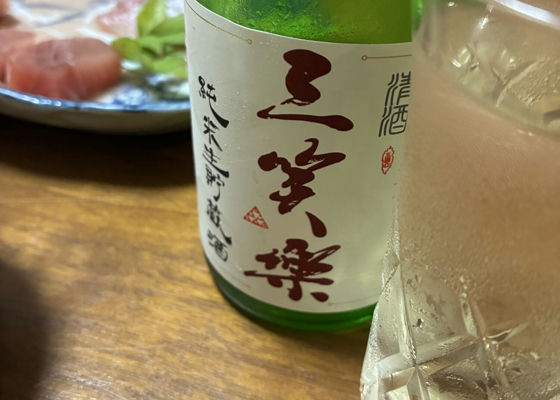
SakenowaRecord your sake experiences and discover your favorites
三笑楽Sanshoraku
Flavor Chart®
A chart created from flavor analysis of user comments.

Flavor Tags ®
Tags generated from flavor analysis of user comments.

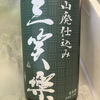
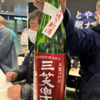
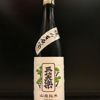
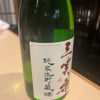
Popular Comments
The other day, after eating my second bowl of ramen🍜🍥🍜 at the SUSURU Ramen Fest Toyama, I took a walk and bought this at Mizuhata-san. This is the first time I have ever had San Shoraku 😀.
The aroma is mild and not too much 🤔The mouthfeel is smooth and light with a gentle sweetness and mild acidity 😊The taste is strong but disappears easily 😚👍.
It was a light yet robust and delicious sake 🥳.
Japanese>English
Brands from Sanshoraku Shuzo
Sanshoraku
Similar Brands
We analyze the flavors based on everyone's comments and select similar brands.
SakayahachibeeSimilar Characteristics
Location
678 Kaminashi, Nanto, ToyamaOpen in Google Maps
Timeline



sakepower
This is for the record of the drink 🍶.
Japanese>English
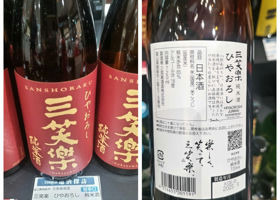

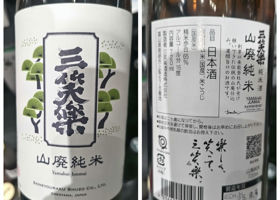
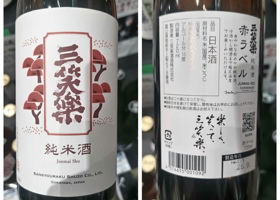
ねむち
Another event post that will go on a bit longer...
Keihan Department Store Kuzuha Mall ①.
Booth at the Hokuriku Sake Fair [Sanshoraku
We visited the booth of a sake shop we know who is a good friend of ours.
San Shoraku Hiyahoroshi (Hiyahoroshi) Junmai-shu (Junmai-shu)
A rather sharp Hiyahoroshi.
After about a week after opening the bottle, the sharpness of the sake is said to be mellow and delicious.
San Shoraku Gokayama Gokayama Yamadanishiki 2024
Sanjoraku's brewery is located in the World Heritage village of Shirakawa-go and Gokayama, which is actually a double World Heritage site because they make their wines the same way they used to.
Sourness to refreshing umami
◉Sanshoraku Junmai-shu Yamahai Junmai
A standard product, but limited to special dealers. It is extremely nourishing and slightly milky. It has a calm and relaxing feeling. I heard that there will be a little bit of nama-zake available in April, so I'm going to try to get a bottle.
◉Sanshoraku Junmai-shu Red Label
The color is slightly yellowish. The color is a bit yellowish and the flavor is firm. The color is a bit yellowish and the acidity is a bit more pronounced than the umami.
I didn't have a chance to drink each brand this time, so I'm drinking them in a mixed order and summarizing them by brand.
Japanese>English
XciPDimfH7
Not too sweet and easy to drink.
Japanese>English
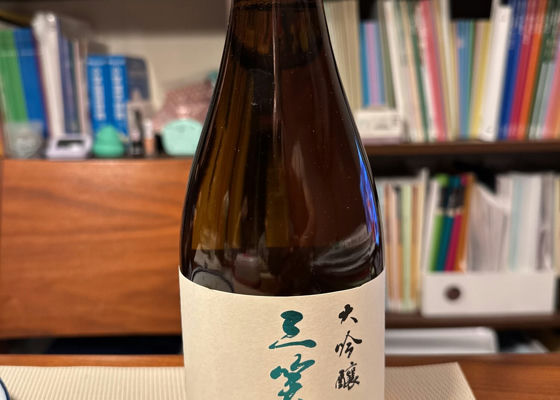
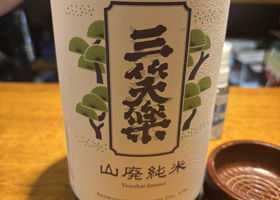
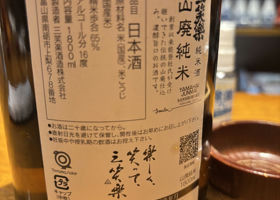
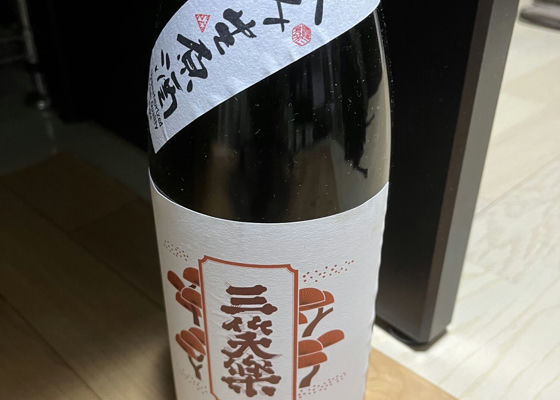

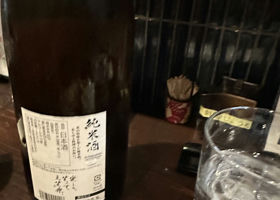
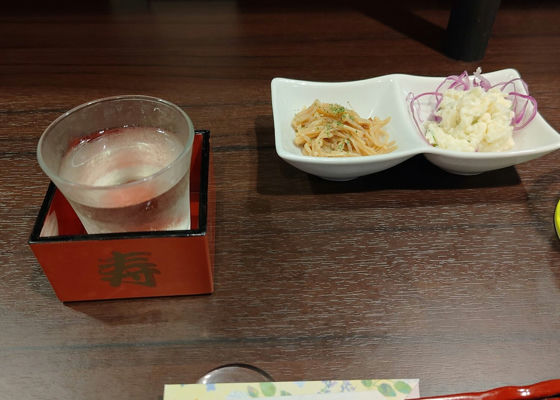

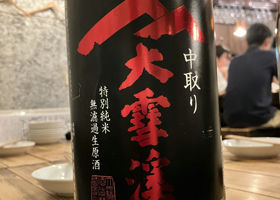
のちを
Steamed food restaurant
Usually I only go there once in a while because it is hard to enter because it is crowded with all women, but on this day there was no one around.
We drank mainly steamed vegetables in a healthy way.
It is a solid yellow liquor. I have no problem with it because I'm getting to the point where I can enjoy this type of sake as well. I think it will open up if you drink it at room temperature or warmed up. It is made with Kumamoto yeast even though it is from Toyama. I wonder why?
It was interesting to see the difference when paired with Taisetsukei.
The main lineup of sake was gattun-type and dry.
There are only four kinds of sake, and they won't serve the next one until the first bottle is opened.
Japanese>English
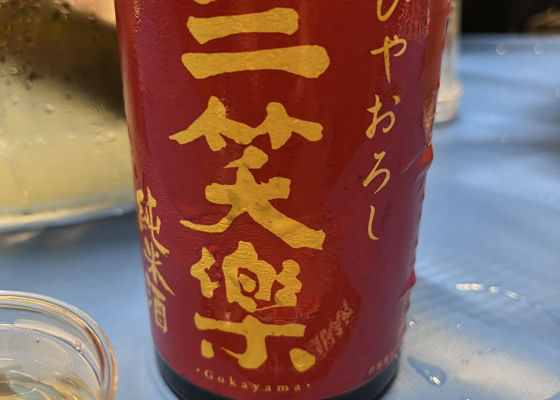
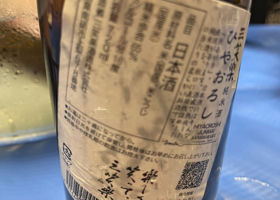
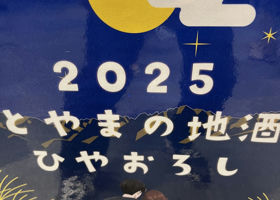
@水橋
Toyama Eki-naka Sake BAR - Autumn Campaign - (5)
Sanjoraku Junmai-shu Hiyoroshi (Hiyoroshi)
I'd like to take the time to enjoy this one at home.
Japanese>English
Sanshoraku山廃純米 山田穂


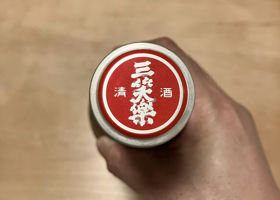
ひるぺこ
This time, it is Yamadaho from Sanjoraku.
It seems to be a sake that challenged Yamadaho with Kumamoto yeast in Yamahai brewing.
It has been warming up in the fridge for a while.
Today is the time to open the bottle.
It is served lightly chilled.
Mild yellowish color.
There are makuwa-uri, yellow peach, and banana. The aroma of green bamboo and rice is strong.
The strong, thick mouthfeel gives a fruity taste like ripe makuwa-uri (Japanese cucumber) with a mild rice aroma. The strong alcohol and acidity give it a crisp taste while leaving a bright aftertaste of sweetness.
And when warmed up,
The freshly cooked rice flavor comes to the surface, and when drunk warmed, the balance between the rice and fruity flavors comes together to create a delicious taste.
The rich, fruity flavor is balanced with a core of umami in a round and powerful way.
I haven't been to Sanshoraku since the end of last year.
Enjoy, laugh, and sanshouraku.
Lovely words ✨.
Welcome back 😊.
Japanese>English
アラジン
Good evening, Hirupeko 😃.
I think you're right about the sake, but I understand it.
But I understand ☺️ I think the appeal of sake is that you can enjoy the changes over time in a shorter period of time than with spirits!
And of course the temperature change 🍶😊.
Japanese>English
ひるぺこ
Hi Aladdin. I wanted to use the word "warming" for this three laughs. But it turned out to be a funny sentence 😅I'm glad it got through to you Aladdin 😊.
Japanese>English
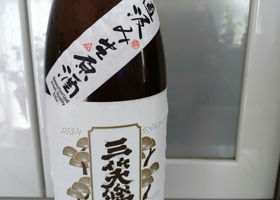
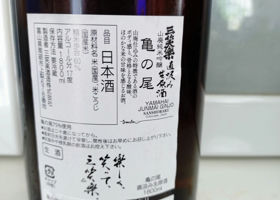
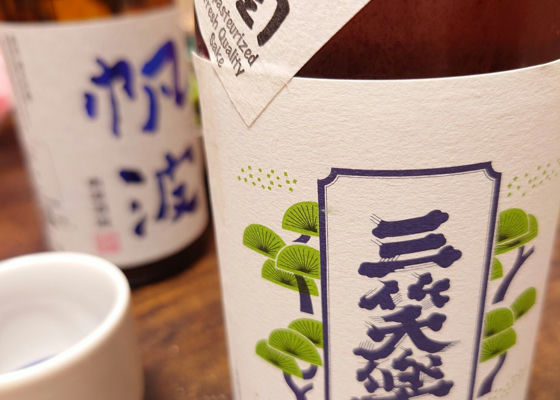
天然水
It is a manly sake like Yamahai.
But it has a mellowness that makes it easy to drink.
It might be good for a first time Yamahai brewer.
It is a sake with a strong taste rather than flavor or aroma, and if you keep drinking it, you will get more and more addicted to it.
Really good sake!
Japanese>English
zHUOG0RpAo
Pale yellow color, sweet aroma of Yamahai, blue cheese-like aroma, sour taste
Japanese>English
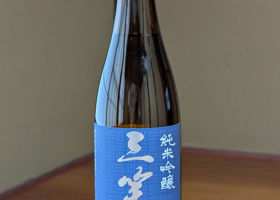
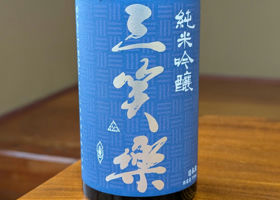
よしお
Chilled.
Gentle drinking.
The robust flavor of the rice spreads, but the sake is generally light and refreshing.
Japanese>English
